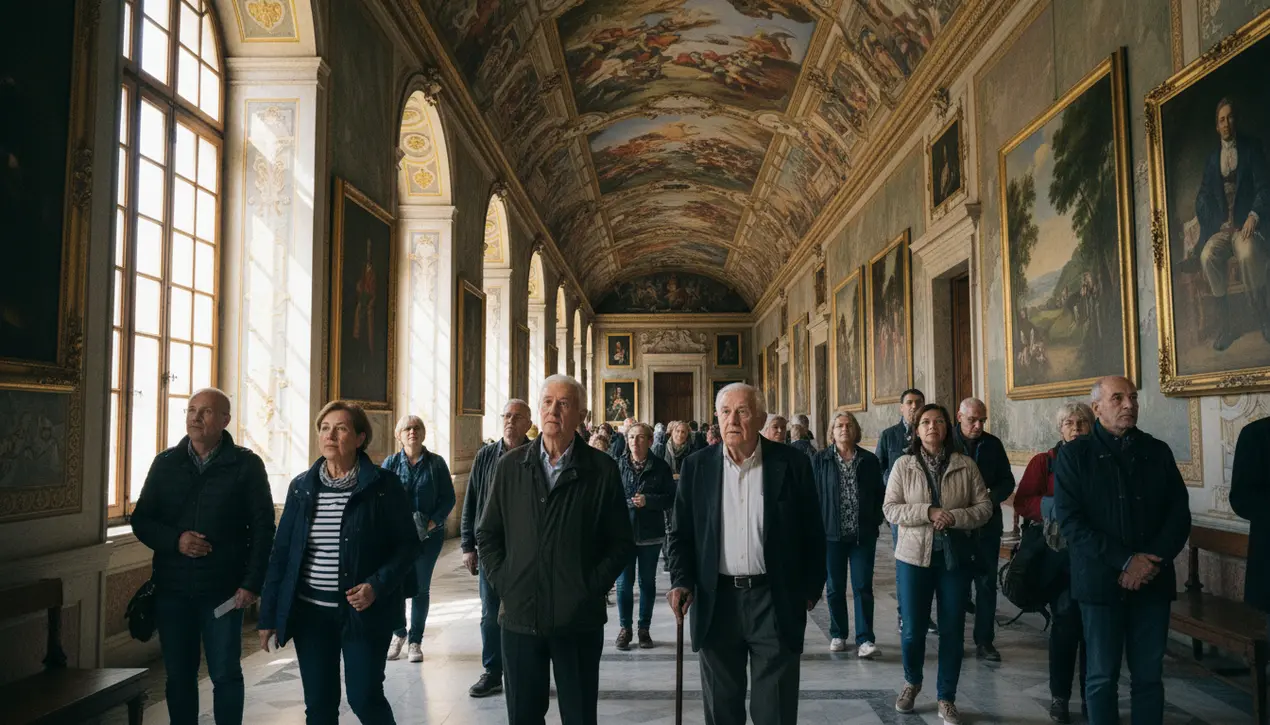
Othertravel & tourismDestinations and Guides
Rome's Colonna Palace Opens for Rare Public Viewing
AN
Andrew Blake
2 hours ago7 min read
For generations, it has been one of Rome's most tantalizing secrets, a treasure chest of art and history locked away behind immense wooden doors on the Via della Pilotta, visible only in fleeting glimpses through iron gates. But now, in a move that feels almost like a historical event in itself, Rome’s Colonna Palace is opening its doors for a rare public viewing, offering a privileged look into a private world that has been meticulously guarded from the onslaught of mass tourism.This isn't just another museum opening its galleries; it's the unveiling of a continuous family narrative, a palazzo that has been the seat of the Colonna family for over twenty generations, with a lineage that includes Pope Martin V, who ended the Western Schism and brought the papacy back to Rome. Walking through these halls is like stepping into a living chronicle, where the very walls seem to whisper of papal alliances, Baroque artistic revolutions, and the quiet, persistent accumulation of power and taste.The centerpiece, the Great Hall designed by the architect Antonio del Grande and brought to luminous life by the painter Giovanni Coli, is a breathtaking spectacle of frescoed ceilings that depict the Battle of Lepanto, a victory in which the Colonna family played a pivotal role, the allegorical figures and swirling clouds creating a dynamic theater overhead that rivals any of the more public palaces in the city. What makes this access so extraordinary is the palpable sense of intimacy; this is not a state-owned property curated for anonymous crowds, but a home where masterpieces by artists like Bronzino, Tintoretto, and Salviati are arranged as they have been for centuries, as part of a domestic landscape, their presence speaking to a private connoisseurship that predates the modern concept of a public art museum by hundreds of years.The decision to allow wider access, even if temporarily, reflects a broader and fascinating trend among Europe's aristocratic families who are grappling with the immense financial burdens of maintaining these vast historical estates, balancing the imperative of preservation with the need for revenue, all while navigating the delicate act of sharing their heritage without sacrificing their privacy or the essence of their homes. It raises compelling questions about the future of such private cultural repositories: Is this a one-off event or a sign of a more sustainable, if selective, opening? How does public access change the character of a place so defined by its exclusivity? For the lucky visitor who secures a ticket, the experience is less a standard museum tour and more an audience with history itself, an opportunity to witness a collection that was assembled not by a committee or a state, but by the singular, enduring vision of one of Italy's most formidable dynasties, offering a perspective on Roman history that is both profoundly personal and staggeringly grand.
#featured
#Rome
#Colonna Palace
#noble heritage
#private museum
#tourism
#Italy
#cultural sites
Stay Informed. Act Smarter.
Get weekly highlights, major headlines, and expert insights — then put your knowledge to work in our live prediction markets.
Comments
Loading comments...
© 2025 Outpoll Service LTD. All rights reserved.